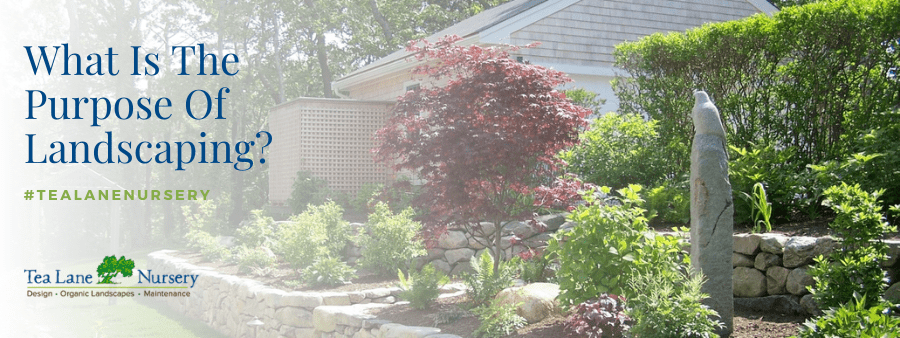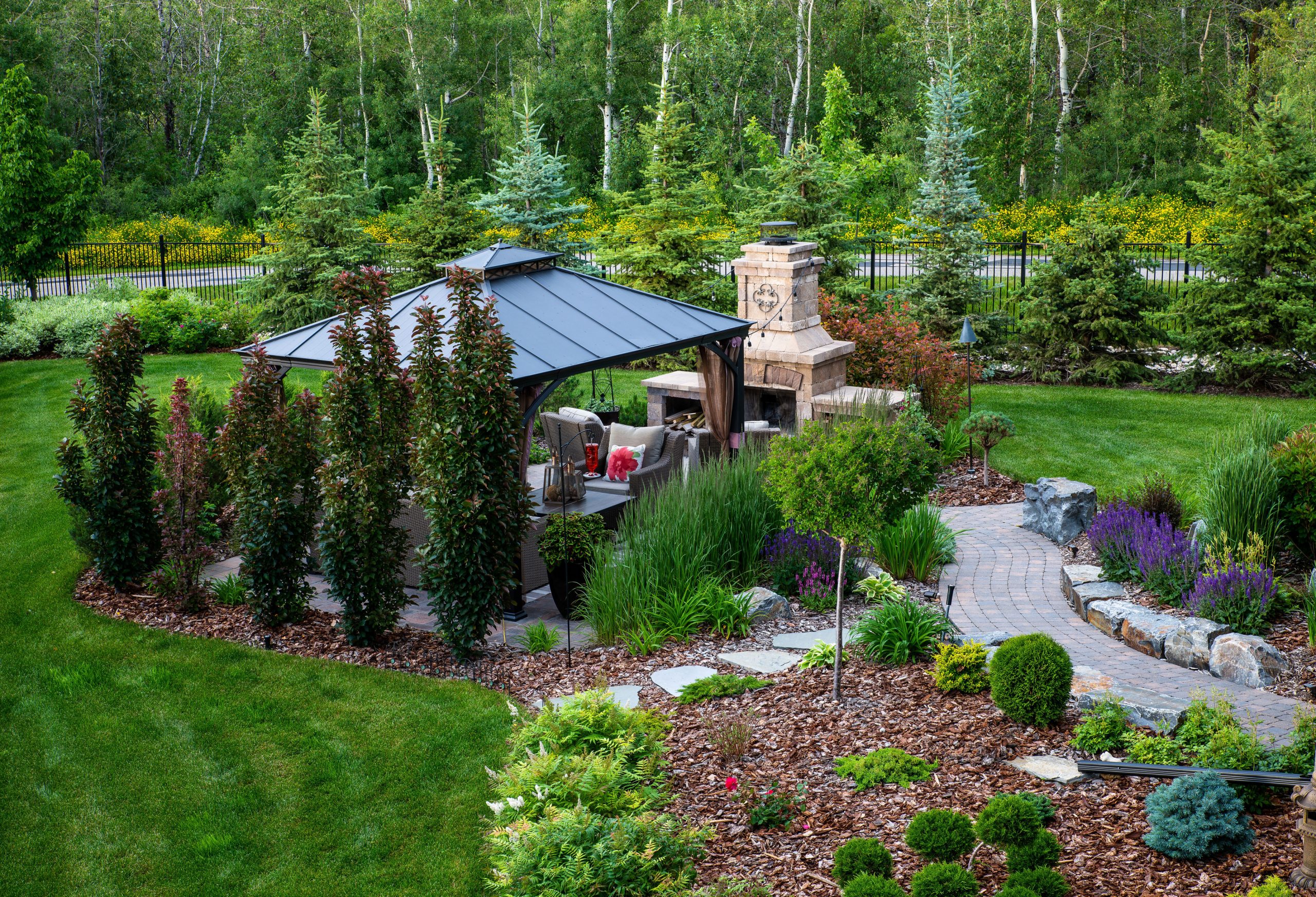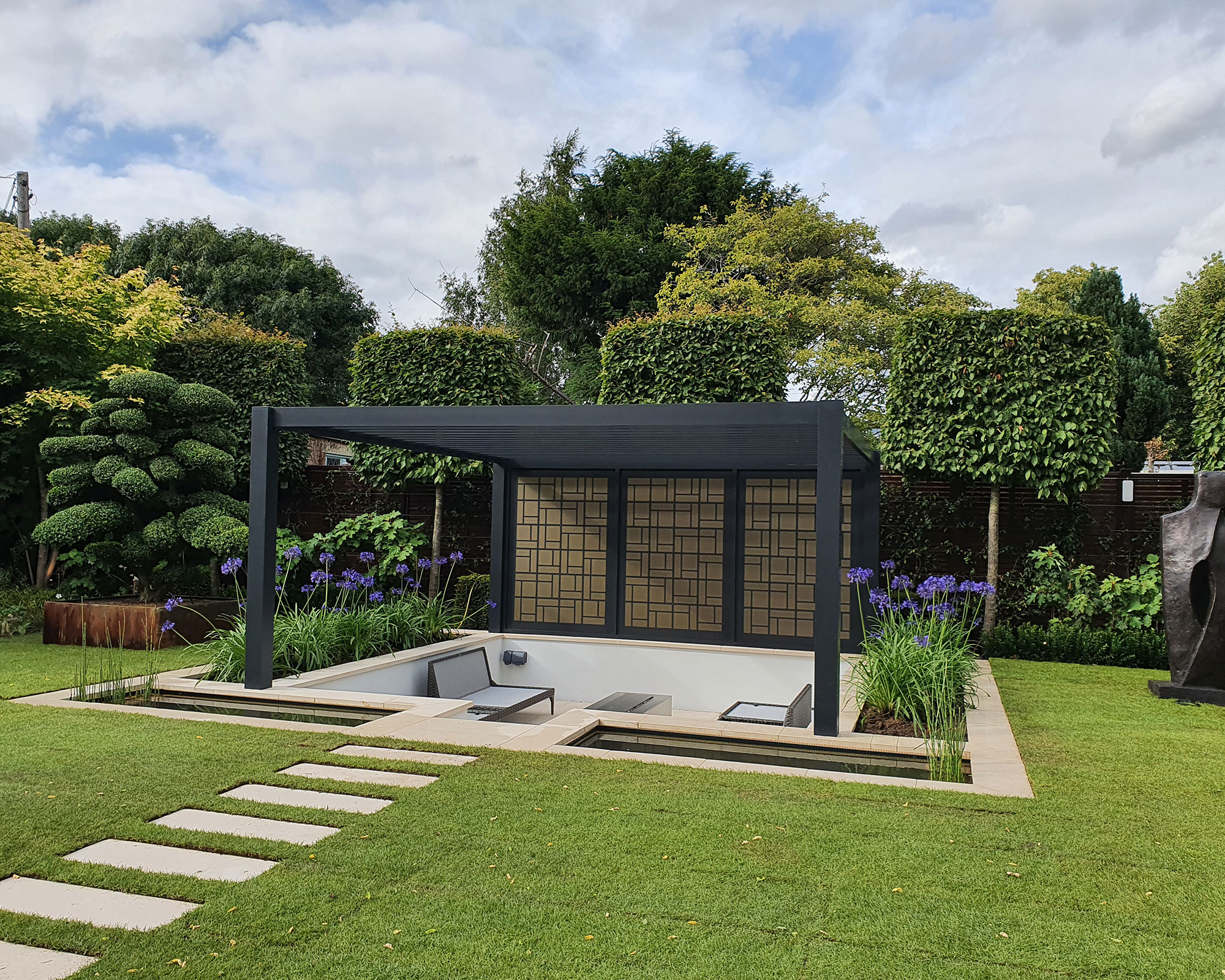The Best Guide To Hilton Head Landscapes
The Best Guide To Hilton Head Landscapes
Blog Article
More About Hilton Head Landscapes
Table of ContentsNot known Details About Hilton Head Landscapes Our Hilton Head Landscapes PDFsHilton Head Landscapes - TruthsA Biased View of Hilton Head LandscapesThe Best Guide To Hilton Head LandscapesA Biased View of Hilton Head LandscapesLittle Known Facts About Hilton Head Landscapes.Everything about Hilton Head Landscapes
Form compatibility is additionally a significant part of unity in designone or 2 strikingly different forms are great for contrast and emphasis, however typically all other types must have some similarities for a linked look. Structure refers to how coarse or great the surface area of the plant or hardscape material feels and/or looks.
Examples of plants with crude texture consist of philodendrons, agaves, bromeliads, hollies, palms, and hydrangeas. Hardscape with crude texture consists of rough-cut stone, rough-finished block, and incomplete wood with knots and an increased grain. Matured or old building and construction material that keeps a weather-beaten surface is commonly coarse in structure. Features that create fine texture consist of little vegetation; thin, strappy leaves (lawns) or high, slim stems; little, dense branches and tiny branches; long stems (creeping plants); and small, fragile flowers.
The Basic Principles Of Hilton Head Landscapes
Most plants are medium texture, in that they can not be called having either coarse or fine appearance. They are defined by medium-sized leaves with simple forms and smooth sides. The average-sized branches are not largely spaced neither widely spaced, and the total form is commonly rounded or mounding. Medium-textured plants function as a history to link and link the coarse- and fine-textured plants.

To make a room feel smaller sized, position the crude structures along the outer boundary and the fine textures closest to the viewer. The detail of the coarse structure makes the plants appear closer and makes the room feel smaller. The regarded texture of plants can likewise alter with the range from the plant.
The Ultimate Guide To Hilton Head Landscapes
Vibrant colors raise the comparison and make the structure appear coarser, while muted colors can flatten appearance. Hardscape with a coarse texturesuch as extremely rough rocks and bold, huge timberstends to make all plant product appear more medium textured. Developers typically establish an appearance research study (Figure 8) theoretically to assist choose the arrangement of plant products.
Shade in plant product and hardscape includes rate of interest and selection to the landscape. Shade is the most noticeable aspect in the landscape and is normally the emphasis of many house owners; however, it is also the most short-term aspect, generally lasting only a couple of weeks a year for individual plants.
All about Hilton Head Landscapes
A straightforward summary of the color wheel consists of the 3 primaries of red, blue, and yellow; the 3 secondary colors (a mix of 2 primaries) of eco-friendly, orange, and violet; and 6 tertiary colors (a mix of one nearby primary and secondary color), such as red-orange. Color concept discusses the connection of shades per other and how they must be made use of in a make-up.

Comparable (sometimes called unified) color pattern are any kind of website link three to 5 colors that are surrounding on the color wheel, such as red, red-orange, orange, yellow-orange, and yellow, or blue, blue-violet, and violet (bluffton landscaping). The shades relate to each other due to the fact that they usually include two primaries mixed to form an additional and 2 tertiary shades, which implies they share typical residential or commercial properties
Corresponding shades are commonly found naturally in blossoms; a common set is yellow and violet. Shade is discovered in the blossoms, foliage, bark, and fruit of plants.
The Ultimate Guide To Hilton Head Landscapes
Green vegetation in all its various shades is the dominant color by amount, yet various other shades capture focus quicker due to the fact that of their high comparison to the shade green. Shade is additionally located in structures, rocks, pavers, timber, and furniture. Many colors in all-natural materials, such as stone and wood, are normally muted and often tend to be variants of brownish, tan, and pale yellow.
Colors have buildings that can affect feelings, spatial assumption, light high quality, balance, and focus. Trendy colors tend to be soothing and must be used in locations for relaxation and serenity.
Hilton Head Landscapes - The Facts
The "temperature level" of colors can additionally affect the assumption of range. Cool colors have a tendency to recede and are perceived as being farther away, making a room really feel larger. Warm shades tend to advancement and are viewed as being better, making an area feel smaller. Color can likewise be utilized to record focus and direct sights.
Bright yellow, which has the highest possible intensity, likewise has a high comparison with all various other shades (often defined as a "pop" of shade) and need to be used sparingly. A percentage of intense shade has as much aesthetic weight as a big quantity of a more suppressed or weak shade.
Comparable (in some cases called harmonious) color pattern are any type of three to five shades that are surrounding on the shade wheel, such as red, red-orange, orange, yellow-orange, and yellow, or blue, blue-violet, and violet. The shades belong per other since they commonly include 2 primary colors blended to develop a secondary and two tertiary colors, which means they share usual buildings.
Hilton Head Landscapes - An Overview
Complementary shades are frequently discovered naturally in flowers; an usual pair is yellow and violet. Shade is discovered in the blossoms, foliage, bark, and fruit of plants.
Eco-friendly vegetation in all its different tones is the dominant color by amount, but other colors catch attention more easily due to their high contrast to the color environment-friendly - Landscapers near me - https://hilton-head-landscapes.webflow.io. Shade is likewise located in structures, rocks, pavers, timber, and furniture. Many colors in natural materials, such as rock and wood, are commonly muted and often tend to be variations of brownish, tan, and light yellow
Facts About Hilton Head Landscapes Revealed
Color is a crucial component for creating passion and range in the landscape. Colors have properties that can impact feelings, spatial assumption, light top quality, equilibrium, and focus. One home of shade is defined loved one to temperaturecolors show up to be cool or warm and can affect emotions or feelings. Awesome colors have a tendency to be calming and should be used in locations for leisure and tranquility.
The "temperature level" of shades can additionally influence the understanding of distance. Amazing colors often tend to recede and are viewed as being further away, making a space feel bigger. Warm colors have a tendency to advance and are perceived as being better, making a room feel smaller. Shade can additionally be used to record attention and straight views.
Brilliant yellow, which has the highest strength, additionally has a high contrast with all various other colors (commonly described as a "pop" of shade) and ought to be made use of sparingly. A tiny amount of intense shade has as much aesthetic weight as a large quantity of an extra controlled or weak color.
Report this page